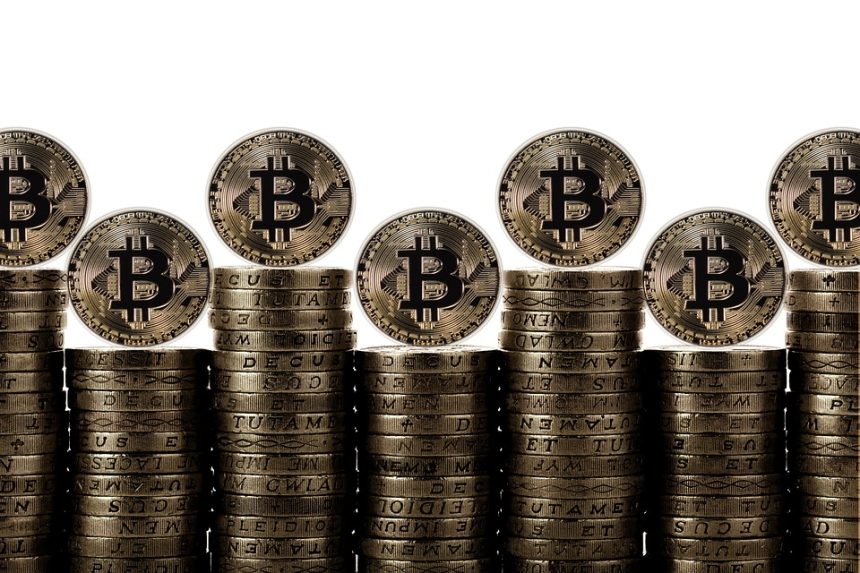Altered Course: How Stricter Regulations are Guiding the Future of Altcoins
The world of cryptocurrencies has always been characterized by its dynamic and often tumultuous nature. Amongst Bitcoin and Ethereum, a myriad of alternative cryptocurrencies—commonly referred to as altcoins—have emerged, promising innovation, new use cases, and investment opportunities. However, as adoption grows, so does the scrutiny these digital assets face from regulatory bodies across the globe. Stricter regulations are no longer a distant possibility but an emerging reality, signaling a new era for altcoins and the broader cryptocurrency market.
The Regulatory Landscape Shifts
Historically, the crypto market has occupied a regulatory gray area. In many jurisdictions, altcoins have been perennially misunderstood, with little guidance provided to developers or investors. However, with the rise in popularity of these digital assets, governments are reevaluating their stances. Events such as the explosive growth of decentralized finance (DeFi) platforms, NFT marketplaces, and an overall increase in cryptocurrency trading volumes have prompted authorities to take action.
The U.S. Securities and Exchange Commission (SEC) has taken a leading role in this movement, categorizing many altcoins as securities and thereby subjecting them to stringent financial regulations. Similar actions are occurring in Europe, Asia, and other parts of the world, creating a patchwork of regulatory frameworks that altcoin developers must navigate.
Navigating Compliance: The Challenges Ahead
As altcoin projects seek to comply with these new regulations, several challenges arise:
-
Clarity in Classification: One of the foremost issues is the clarity in determining whether an altcoin is a security or a commodity. This borderline blurs the lines of compliance and leaves many projects in a precarious position, exposing them to potential legal action if misclassified.
-
Increased Costs: Ensuring compliance with regulations can be costly for altcoin developers. With the need for legal consultations, audits, and potentially restructuring token sales to align with regulatory standards, many startups may find themselves stretched thin financially.
- Innovation at Risk: Stricter regulatory frameworks could hinder innovation in the altcoin space. Developers might become risk-averse, choosing to avoid launching new projects or pivoting away from revolutionary ideas that could attract regulatory scrutiny.
Positive Outcomes: Path to Legitimacy
While the regulatory environment poses formidable challenges, it also offers a silver lining. Stricter regulations can provide a pathway to legitimacy for altcoins, fostering trust among investors and increasing mainstream adoption. Here’s how:
-
Increased Investor Protection: Stricter regulations can create a safer environment for investors, reducing the risk of fraud, scams, and rug pulls that have plagued the altcoin sector. With established frameworks, investors can have more confidence in their investment decisions.
-
Market Maturity: As the market aligns with regulations, it is likely to attract institutional investors who were previously hesitant. With institutional backing, altcoins can experience considerable growth, driving innovations and developments in various sectors.
- Standardization of Practices: Uniform regulations can lead to standardization in practices across the altcoin market. This can simplify the onboarding process for users, facilitate interoperability between different platforms, and foster a harmonious ecosystem.
The Future of Altcoins in a Regulated World
The road ahead for altcoins will be shaped significantly by how they adapt to regulatory scrutiny. Projects that embrace transparency, engage with regulators, and prioritize compliance are more likely to thrive in this changing landscape.
Furthermore, collaborations between developers and regulators can lead to better frameworks that foster innovation while safeguarding consumer interests. Industry bodies and advocacy groups are beginning to emerge, seeking to create dialogue with regulatory authorities to help shape regulations that benefit both the industry and the public.
As altcoin enthusiasts, investors, and developers brace for the future, the emphasis must shift towards building projects that are not just innovative but also compliant and sustainable. The path may be fraught with obstacles, but embracing regulation can steer the altcoin market toward a more legitimate and prosperous future.
Conclusion
The evolving regulatory environment presents both challenges and opportunities for altcoins. As the industry adapts to stricter regulations, the focus on compliance can ultimately lead to more robust and sustainable growth. In this new chapter, altcoins have the potential to shake off the shadow of uncertainty, guiding the cryptocurrency market into an era of legitimacy where innovation flourishes alongside stringent oversight. The future may be uncertain, but it is undoubtedly on a course towards clarity and stability.





